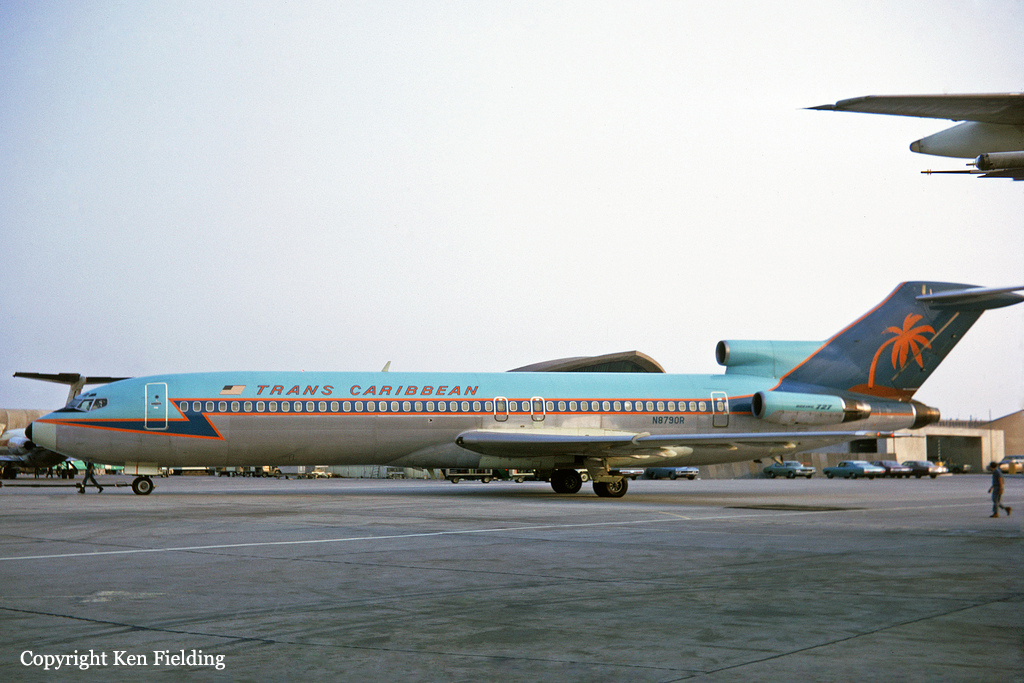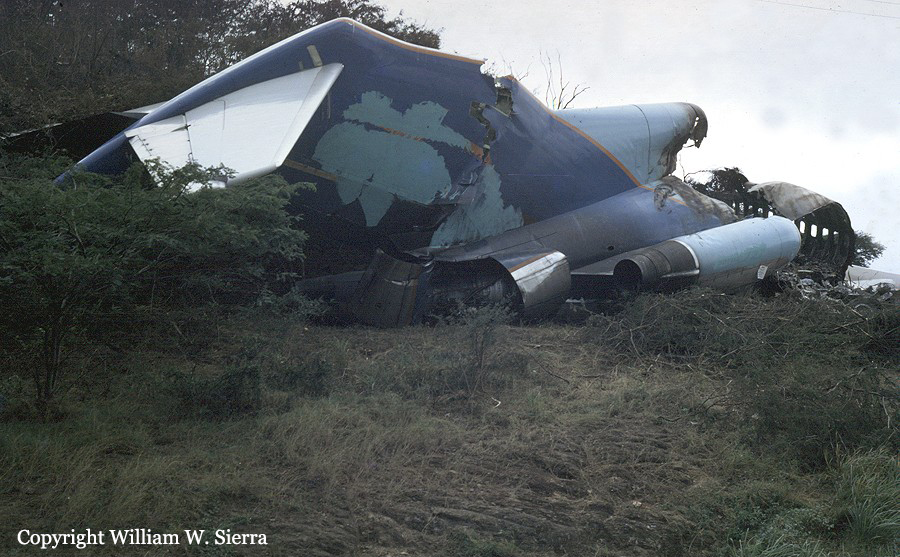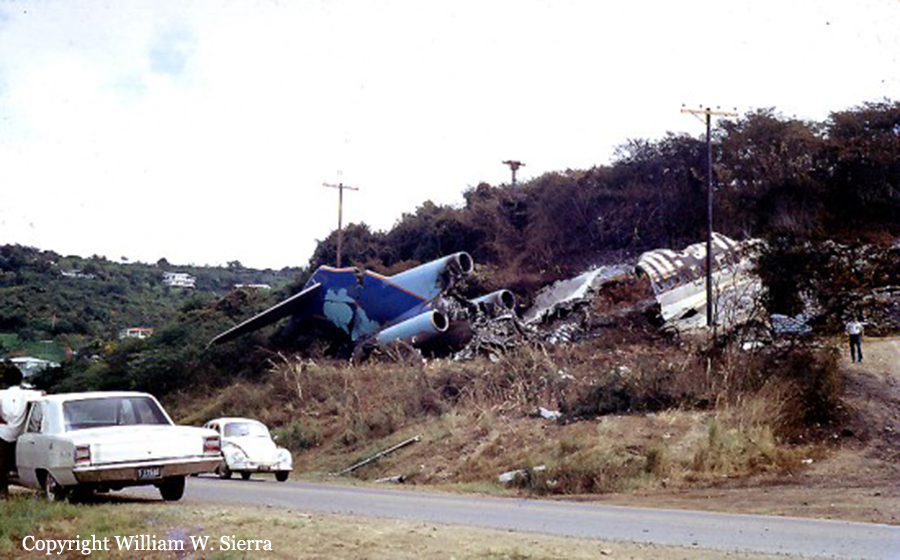Crash of a De Havilland DH.114 Heron 2B in Ponce: 5 killed
Date & Time:
Jun 24, 1972 at 2317 LT
Registration:
N554PR
Survivors:
Yes
Schedule:
San Juan - Ponce
MSN:
14085
YOM:
1955
Flight number:
PQ191
Crew on board:
2
Crew fatalities:
Pax on board:
18
Pax fatalities:
Other fatalities:
Total fatalities:
5
Captain / Total hours on type:
3017.00
Copilot / Total hours on type:
102
Aircraft flight hours:
11364
Circumstances:
On a night approach to Ponce-Mercedita Airport, the crew decided to make a go-around when control was lost. The airplane overrotated then crashed 2,200 feet past the runway 29 threshold and 260 feet to the south. Both pilots and three passengers were killed while all other occupants were injured. The aircraft was destroyed.
Probable cause:
The National Transportation Safety Board determines that the probable cause of the accident was the loss of directional control during a go-around from a landing attempt. Control was lost when the aircraft was overrotated at too low an airspeed to sustain flight. The crew’s reasons for rejecting the landing are not known.
Final Report:









